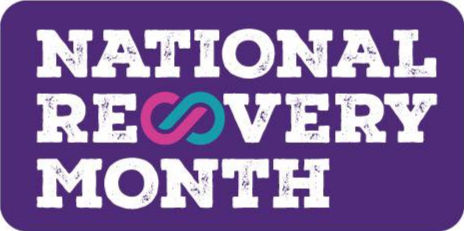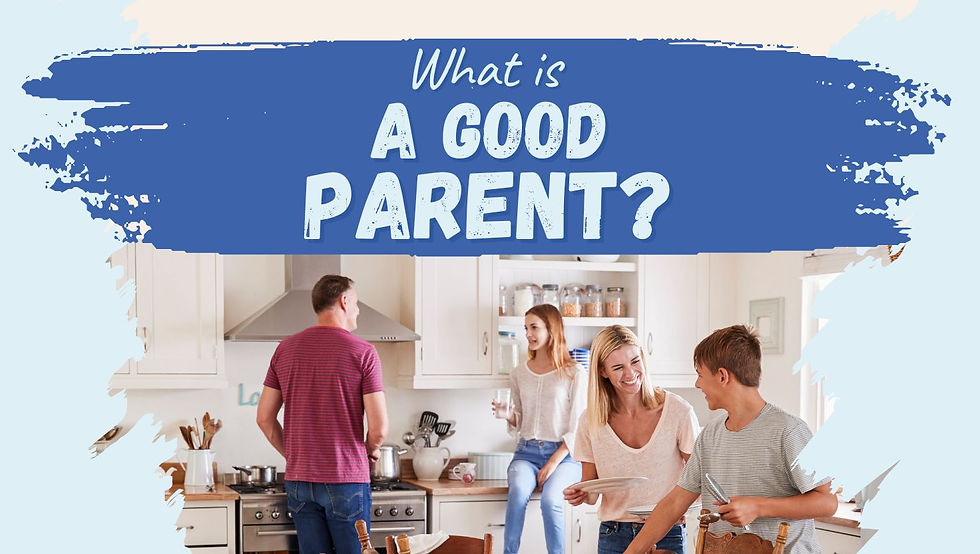The Healing Power of Joy: How Gratitude Restores Calm and Connection
- Marti Roveda
- Nov 3
- 4 min read

Somewhere between curfews, consequences, and crisis, many parents forget how to laugh.
The heaviness of your child’s struggle, whether it’s substance use, anxiety, or emotional dysregulation, can weigh down even the strongest parent. Your days start to revolve around monitoring moods, tracking progress, or bracing for setbacks.
You stop noticing small, beautiful things, the warmth of sunlight, the smell of coffee, your child’s fleeting smile. But neuroscience and lived experience agree: joy is not denial; it’s regulation. It’s the nervous system remembering that safety still exists. And in this season of gratitude, joy and thankfulness intertwine as medicine for weary hearts.
When we reclaim both lightheartedness and gratitude, we help our children trust that healing is possible, not because everything is fixed, but because peace can coexist with uncertainty.
Why Joy Feels So Hard
When your child is struggling, joy can feel like betrayal. Many parents quietly think, “How can I laugh or feel grateful when my child is hurting?”
But that mindset keeps you stuck in survival mode. You begin waiting, holding your breath, for life to be okay again before you allow yourself to feel good. Your nervous system, wired for protection, becomes your jailer. The amygdala scans constantly for threat, keeping you alert and guarded. Joy feels unsafe. Gratitude feels forced. But that’s not truth, it’s trauma physiology doing its job too well.
You don’t have to wait for peace to arrive before you practice gratitude. Gratitude creates peace. When you start noticing, even naming, moments of goodness, your brain begins to downshift. That shift doesn’t erase pain, it simply reminds you that pain isn’t the whole story.
Your calm, your laughter, your small daily expressions of thankfulness, they’re not selfish. They’re leadership. They teach your child what emotional steadiness looks like in real time. That’s family resilience, modeling recovery through your nervous system, not just your words.
The Neuroscience of Lightheartedness and Gratitude
Joy and gratitude aren’t spiritual fluff, they’re biological necessities. They both activate the parasympathetic nervous system, lowering cortisol levels and calming the heart.
When you laugh, your body releases endorphins and oxytocin, strengthening connection. When you practice gratitude, your brain releases dopamine and serotonin, restoring balance and perspective.
In short, joy and gratitude are the brain’s way of saying, “I’m safe enough to feel good again.” And when you embody that, your child feels it too. Through mirror neurons, your energy becomes a living message, “We can feel calm. We can find moments of safety. We can still experience joy together.” Each smile, shared story, or moment of appreciation becomes a micro-dose of regulation, a reminder that healing isn’t just possible, it’s happening in real time.
Practicing Joy and Gratitude in Real Time
This isn’t about forced positivity or pretending everything’s fine. It’s about creating micro-moments that anchor you back into presence and help your nervous system recalibrate toward calm.
Try one small shift each day this November:
Name one thing you’re grateful for each morning. It might be your coffee, the quiet before the day begins, or simply the courage to start again.
Laugh intentionally. Watch a 90-second comedy clip or share a lighthearted meme with your child. Humor loosens rigidity and signals safety.
Say thank you, to yourself. Acknowledge your resilience. Tell yourself, “I’m proud of how I keep showing up.”
Invite joy through the senses. Light a candle that reminds you of better times, cook a meal that reconnects you to family memories, or step outside to feel sunlight on your face.
Tell your child, “I missed laughing with you.” No lectures, no pressure, just an open door back to connection.
These practices seem small, but they are neural safety nets. Each expression of gratitude or laughter is a new memory that says, We can be okay together, even when life feels hard. Over time, those moments accumulate into something stronger than fear, trust.
Joy as a Boundary Practice
Joy and gratitude don’t replace boundaries, they reinforce them. When you lead from fear, boundaries feel rigid. When you lead from gratitude, they become rooted in love.
Joy says, “I can protect my peace without punishing yours.”
Gratitude says, “I see what’s working, even when much isn’t.”
Choosing joy is not ignoring pain, it’s refusing to let pain define your home’s emotional climate. When your child sees you laugh again, express appreciation, or recover quickly after conflict, they learn something profound,
Emotional safety doesn’t mean avoiding discomfort, it means knowing we can come back from it. That’s the heart of values-based parenting, protecting your own light while holding space for theirs.
November Gratitude Reflection, A Simple Evening Ritual
This month, try a brief nightly reflection to rewire your nervous system for calm and gratitude:
Write down three things that brought light to your day, no matter how small.
Then write one way you brought light to someone else’s day, your child, a friend, or even yourself.
Over time, gratitude and joy begin to reshape the way your brain interprets stress. You’ll find yourself reacting less, connecting more, and rediscovering emotional spaciousness where anxiety once lived.
Gratitude isn’t just reflection, it’s retraining your nervous system to seek what’s life-giving again.
Reclaiming Joy Is an Act of Resistance
In a world that glorifies exhaustion and worry as proof of love, reclaiming joy in parenting is an act of quiet rebellion. It’s a choice to lead with calm and compassion rather than fear and fatigue.
When you practice gratitude, laugh again, and allow yourself to feel lightness, you teach your child that healing is possible. You model the emotional balance that helps them feel safe enough to grow. Joy and gratitude are not luxuries, they are essential tools for family recovery and resilience.
Every moment you choose to smile, breathe, or soften, you’re showing your child that strength and gentleness can coexist. That’s the heart of reclaiming joy in parenting—bringing peace into the home by staying grounded in hope, not control.
This November, let gratitude be the doorway back to joy. Let laughter reconnect you to the parts of yourself that crisis tried to steal. And let your calm presence remind your family that healing begins with you.
Learn more about reclaiming joy in parenting through calm, boundaries, and play in the Empowered Parent Journey.
Download your free Empowered Parenting Guide to begin your journey toward calm, clarity, and connection.
Or schedule a coaching session to rediscover your light, together.




Comments